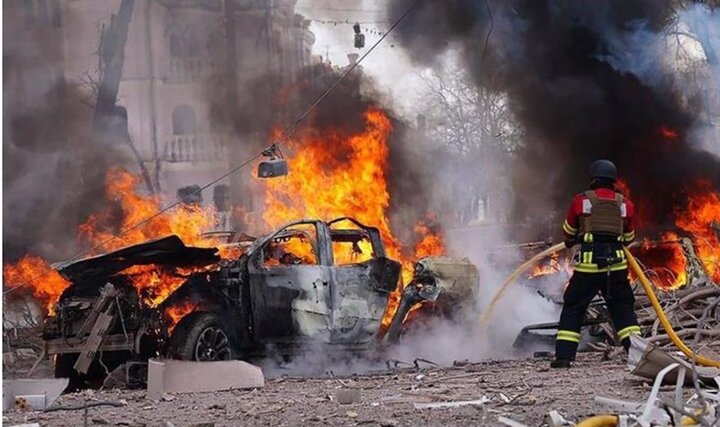Russia’s attack on Somi; the peak of the gap between the US and NATO in the hot season of diplomacy.
About a week ago (April 13), the city of Sumy in northeastern Ukraine was the target of one of the deadliest Russian missile attacks since the start of the war, an attack that local and international media reported killed more than 30 people (including Yuriy Yula, commander of the 27th Artillery Brigade) and wounded more than 100.
The attack, which took place at around 10:20 a.m., targeted Sumy State University and its conference hall, where an official award ceremony for the 117th Ukrainian Territorial Defense Brigade was to be held. This incident later led to the dismissal of the regional governor, Volodymyr Artyukh, who considered having a military ceremony in a densely populated area a dangerous move for the region’s people.
The attack came amid the murky atmosphere of informal talks between Washington, Moscow, and some European countries to launch a peace process. Many observers believe that Russia wanted to send a clear message by carrying out this operation: The Kremlin will enter into potential negotiations with Europe and Ukraine in an environment where it has the upper hand on the battlefield, and even the important summit of military leaders in Kiev is not far from Moscow’s reach.

